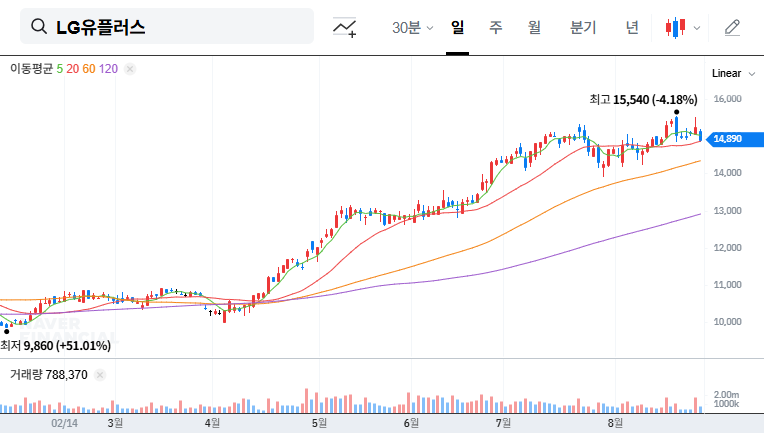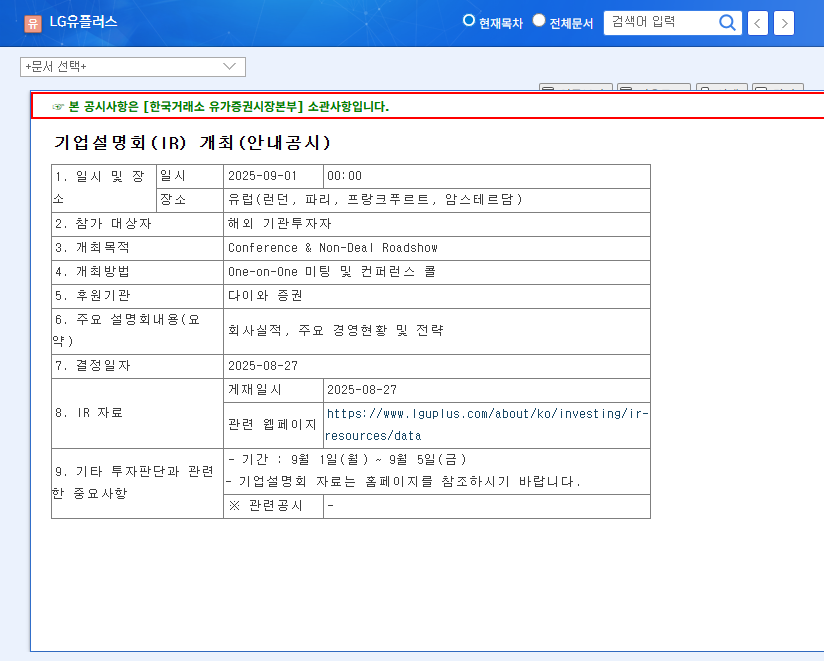
WaveElectro Announces Share Buyback – What Happened?
On September 10, 2025, WaveElectro announced its decision to buy back 598,850 common shares. The total value of the buyback is ₩3.2 billion, which is approximately 4% of its market capitalization (₩87.9 billion). The buyback is scheduled for September 16.
Why the Share Buyback?
Share buybacks are generally interpreted as a decision to enhance shareholder value. Reducing the number of outstanding shares can increase earnings per share (EPS), and the decrease in circulating shares can have a positive impact on supply and demand dynamics. Despite recent growth in its defense business, WaveElectro has experienced challenges, including a consolidated operating loss and net loss in the first half of 2025, and an increase in inventory assets. In this context, the share buyback is interpreted as an attempt to alleviate shareholder concerns and improve investment sentiment.
Impact of the Share Buyback on Stock Price
- Positive impacts: Increase in share value, enhancement of shareholder value, decrease in circulating shares, potential increase in ROE
- Negative impacts: Decrease in short-term liquidity, potential opportunity cost (loss of other investment opportunities) – However, these negative impacts are expected to be limited.
In the short term, the share buyback announcement may create upward momentum for the stock price, but significant increases may be limited due to fundamental uncertainties. In the medium to long term, the direction of the stock price will be determined by factors such as continued growth in the defense business, turnaround in the telecommunications business, and improvement in inventory management efficiency.
What Should Investors Do?
While the share buyback is a positive sign, investors need to carefully analyze WaveElectro’s fundamentals and the market situation. Short-term investors should be wary of stock price volatility after the announcement, while long-term investors should continuously monitor WaveElectro’s earnings improvement. Pay particular attention to the continued growth of the defense business, the possibility of a turnaround in the telecommunications business, and the improvement of financial soundness and profitability. This analysis is for investment reference only, and the responsibility for investment decisions lies with the investor.
FAQ
What is the size of WaveElectro’s share buyback?
It’s worth ₩3.2 billion, representing about 4% of the current market capitalization.
How does a share buyback affect the stock price?
Generally, it has a positive impact by increasing the value per share and reducing the number of outstanding shares. However, the actual stock price can fluctuate depending on various factors, including company performance and market conditions.
What precautions should be taken when investing in WaveElectro?
In the short term, be cautious of stock price volatility following the share buyback announcement. In the medium to long term, closely monitor the company’s fundamental improvements, especially the performance of its defense and telecommunications businesses.



